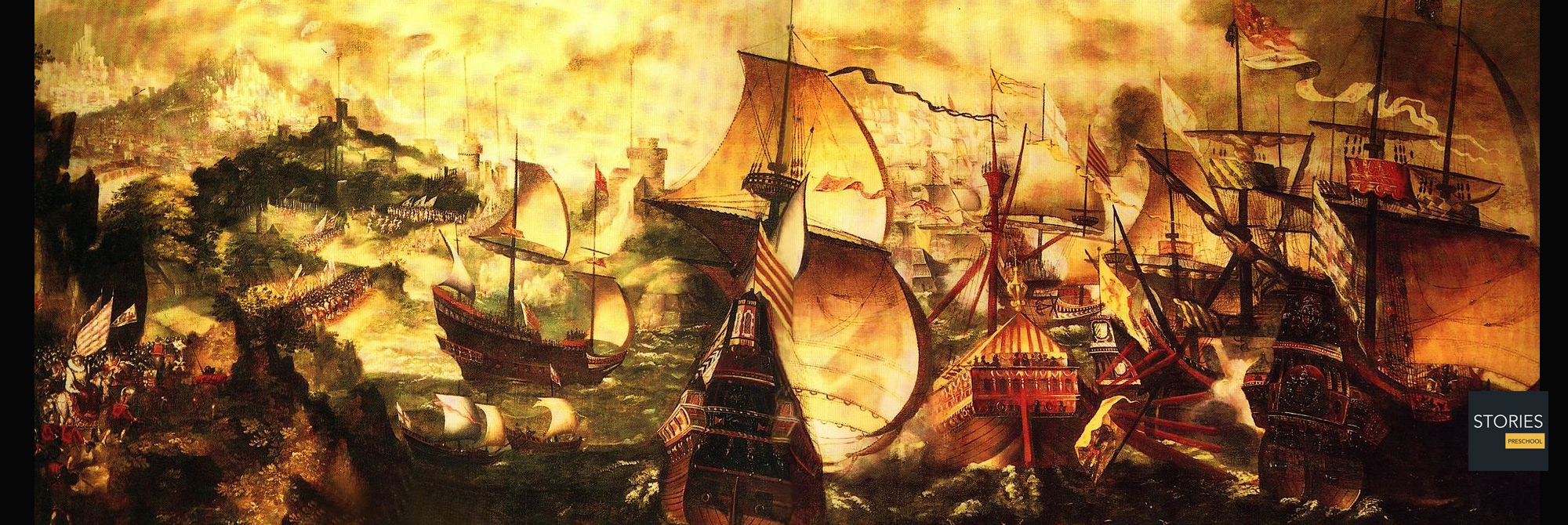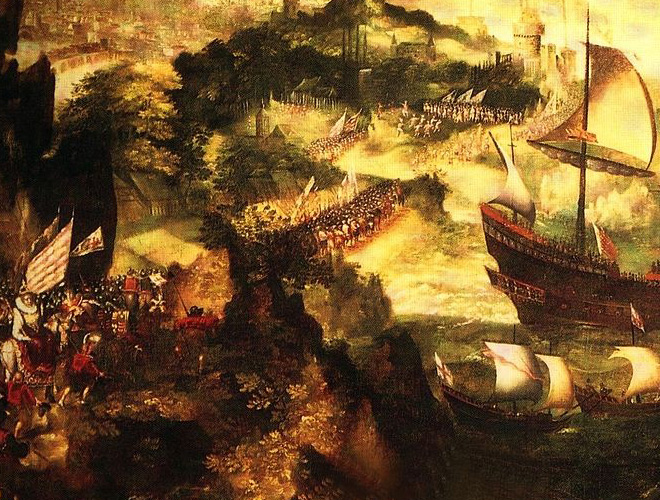Timeline of Early Modern History (1500 to 1900)
Early modern history comprises the time between the end of the Middle Ages and the contemporary era.
In history, the early modern period of modern history follows the late Middle Ages of the post-classical era. Although the chronological limits of the period are open to debate, the timeframe spans the period after the late portion of the post-classical age (c. 1500), known as the Middle Ages, through the beginning of the Age of Revolutions (c. 1800) and is variously demarcated by historians as beginning with the Fall of Constantinople in 1453, with the Renaissance period, and with the Age of Discovery (especially with the voyages of Christopher Columbus beginning in 1492, but also with the discovery of the sea route to the East in 1498), and ending around the French Revolution in 1789.
- For events from 1500 to 1900:
- Early modern period
- Renaissance
- European expansion
- Regional developments
- Late Modern period 1750-1899
16th century
It is regarded by historians as the century in which the rise of the West occurred. During the 16th century, Spain and Portugal explored the world's seas and opened world-wide oceanic trade routes. For a timeline of events from 1500 to 1600, see: 16th century »
17th century
The 17th century falls into the Early Modern period of Europe and in that continent was characterized by the Dutch Golden Age, the Baroque cultural movement, the French Grand Siècle dominated by Louis XIV, the Scientific Revolution, and The General Crisis. For a timeline of events from 1600 to 1700, see: 17th century »
18th century
During the 18th century, the Enlightenment culminated in the French and American revolutions. Philosophy and science increased in prominence. Philosophers dreamed of a brighter age. For a timeline of events from 1700 to 1800, see: 18th century »
19th century
The 19th century (1 January 1801 – 31 December 1900) was the century marked by the collapse of the Spanish, First and Second French, Chinese, Holy Roman and Mughal empires. For a timeline of events from 1800 to 1900, see: 19th century »
Historians in recent decades have argued that from a worldwide standpoint, the most important feature of the early modern period was its globalizing character. The period witnessed the exploration and colonization of the Americas and the rise of sustained contacts between previously isolated parts of the globe. The historical powers became involved in global trade. This world trading of goods, plants, animals, and food crops saw exchange in the Old World and the New World. The Columbian exchange greatly affected the human environment.
Economies and institutions began to appear, becoming more sophisticated and globally articulated over the course of the early modern period. This process began in the medieval North Italian city-states, particularly Genoa, Venice, and Milan. The early modern period also saw the rise and beginning of the dominance of the economic theory of mercantilism. It also saw the European colonization of the Americas, Asia, and Africa during the 15th to 19th centuries, which spread Christianity around the world.
The early modern trends in various regions of the world represented a shift away from medieval modes of organization, politically and other-times economically. The period in Europe witnessed the decline of feudalism and includes the Reformation, the disastrous Thirty Years' War, the Commercial Revolution, the European colonization of the Americas, and the Golden Age of Piracy.
Ruling China at the beginning of the early modern period, the Ming Dynasty was “one of the greatest eras of orderly government and social stability in human history”. By the 16th century the Ming economy was stimulated by trade with the Portuguese, the Spanish, and the Dutch. The Azuchi-Momoyama period in Japan saw the Nanban trade after the arrival of the first European Portuguese.
Other notable trends of the early modern period include the development of experimental science, the speedup of travel through improvements in mapping and ship design, increasingly rapid technological progress, secularized civic politics and the emergence of nation states. Historians typically date the end of the early modern period when the French Revolution of the 1790s began the "modern" period.
HISTORY

RESOURCES
This article uses material from the Wikipedia articles "Timeline of early modern history" and "Early Modern History", which is released under the Creative Commons Attribution-Share-Alike License 3.0.
© Stories Preschool. All Rights Reserved.








